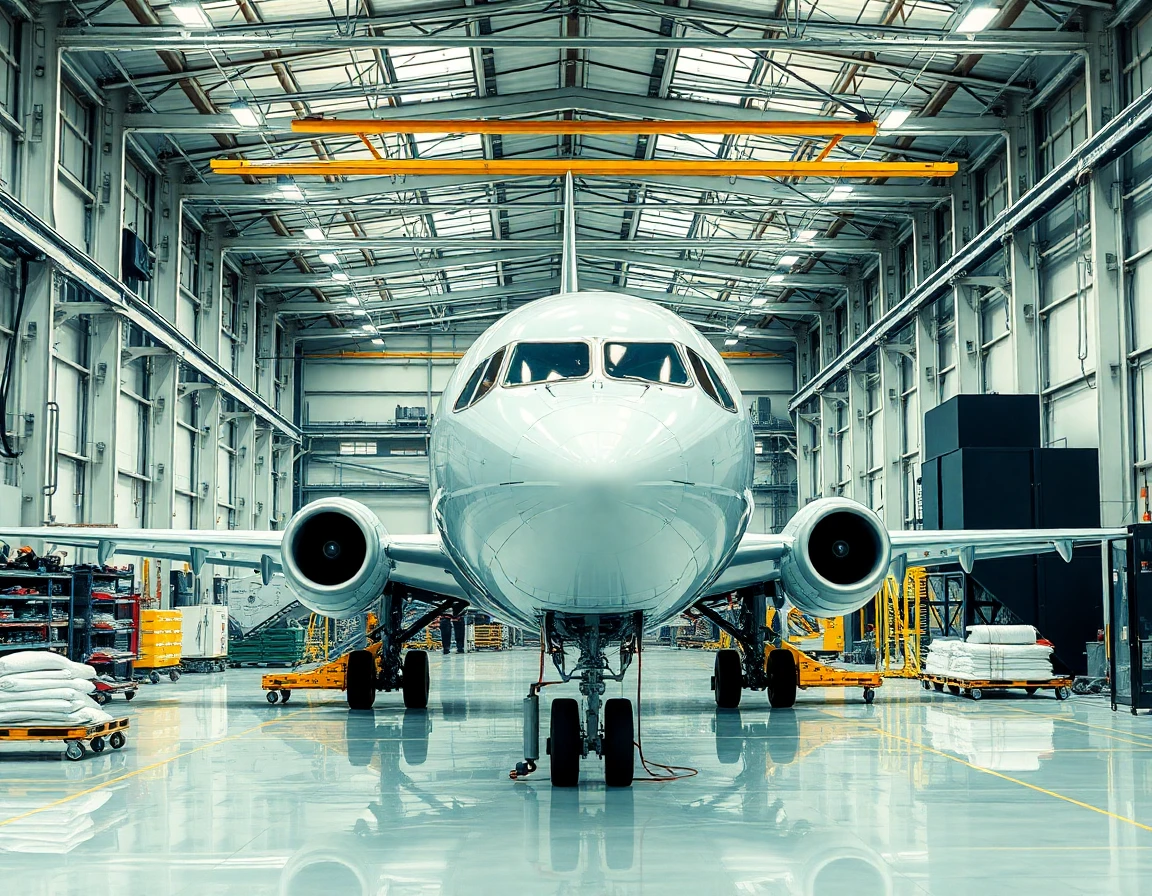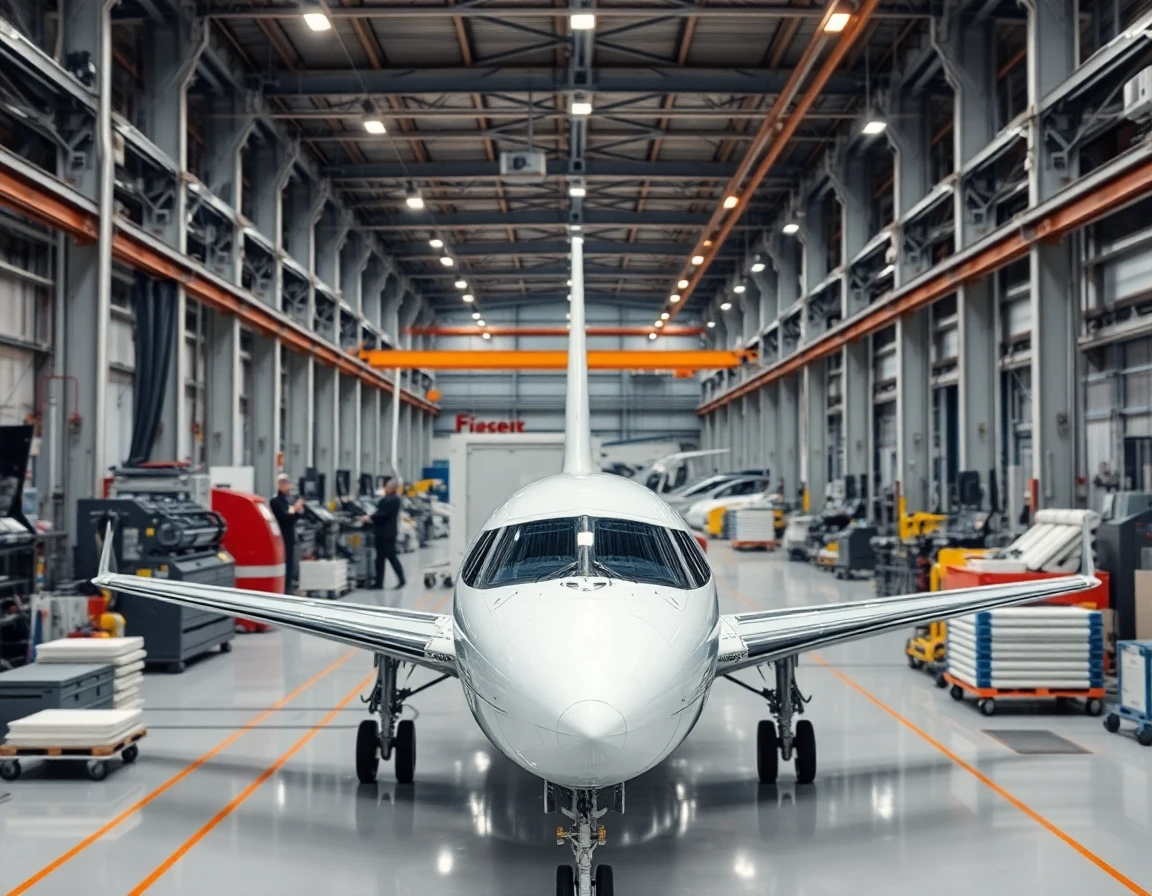The aerospace industry is witnessing a transformational shift in production methodologies, driven by revolutionary aerospace materials and advanced manufacturing techniques. These innovations not only enhance the performance and efficiency of aircraft but also significantly reduce production costs and environmental impact.
The Role of Aerospace Materials in Modern Aviation
Aerospace materials are critical components in the design and manufacturing of aircraft, spacecraft, and satellites. Traditionally, materials such as aluminum alloys and titanium have dominated the aerospace sector due to their favorable strength-to-weight ratios. However, the introduction of advanced composites and alloys is changing the landscape.
Advanced Composites: Lightweight and Strong
One of the most notable advancements in aerospace materials is the development of advanced composites, particularly carbon fiber reinforced polymers (CFRP). These materials are approximately 50% lighter than aluminum while providing superior strength and stiffness. According to Dr. Emily Carter, a materials scientist at AeroDynamics Innovations, “CFRP not only reduces the weight of aircraft but also enhances fuel efficiency, which is crucial in the era of rising fuel costs and environmental concerns.”
Furthermore, CFRP is resistant to corrosion, extending the lifespan of aircraft and reducing maintenance costs. Leading manufacturers like Boeing and Airbus have already integrated CFRP into their latest models, including the Boeing 787 Dreamliner and Airbus A350.
Metal Alloys: The Next Generation
In addition to composites, the aerospace industry has seen significant developments in metal alloys. New titanium alloys, for instance, offer improved fatigue resistance and lower density, making them ideal for critical components such as turbine blades in jet engines. These materials enable engines to operate at higher temperatures, improving efficiency and performance.
According to Dr. Alan Weiss, a senior engineer at Titan Aerospace, “The latest titanium alloys are engineered at the atomic level, allowing us to achieve the optimal balance between weight, strength, and thermal resistance.” This engineering precision is pivotal in ensuring that modern aircraft can withstand the rigors of flight while maintaining optimal performance.
Innovations in Manufacturing Techniques
Alongside advancements in materials, manufacturing techniques have also evolved. Additive manufacturing, commonly known as 3D printing, has emerged as a game-changer in aerospace production. This technology allows for the creation of complex geometries that were previously impossible to achieve with traditional manufacturing methods.
Additive Manufacturing and Aerospace Applications
Additive manufacturing enables the production of lighter and more efficient components, reducing waste and energy consumption. For instance, GE Aviation has successfully utilized 3D printing to create fuel nozzles that are 25% lighter than their traditionally manufactured counterparts while improving performance.
“This technology not only reduces material waste but also allows us to rapidly prototype and produce parts, significantly shortening the development cycle,” says Maria Lopez, a manufacturing engineer at GE Aviation.
Integration with Advanced Sensors
As aerospace materials become more sophisticated, the integration with advanced sensing technologies is essential. For example, precision fiber optic sensing systems are being developed to monitor the structural health of aircraft in real-time. These systems utilize fine-diameter fiber designs to provide accurate measurements of strain and temperature, ensuring safety and performance.
Future Implications of Aerospace Materials
The ongoing research into aerospace materials is not only about improving existing technologies but also about paving the way for future innovations. As the demand for more sustainable aviation grows, the emphasis is shifting toward eco-friendly materials and manufacturing processes. Bio-based composites and recyclable metals are being explored as potential alternatives that could minimize the environmental impact of aviation.
Conclusion: A New Era in Aerospace
The evolution of aerospace materials and manufacturing techniques represents a significant leap forward for the industry. With lighter, stronger materials and innovative production methods, aircraft are becoming more efficient and environmentally friendly. As experts like Dr. Carter and Dr. Weiss continue to push the boundaries of materials science, the future of aerospace production looks promising.
In summary, the integration of advanced aerospace materials, such as CFRP and next-generation titanium alloys, combined with cutting-edge manufacturing techniques like additive manufacturing, will not only enhance performance but also set the foundation for sustainable practices in the aerospace sector. The journey toward a more efficient and sustainable aerospace industry has only just begun.



